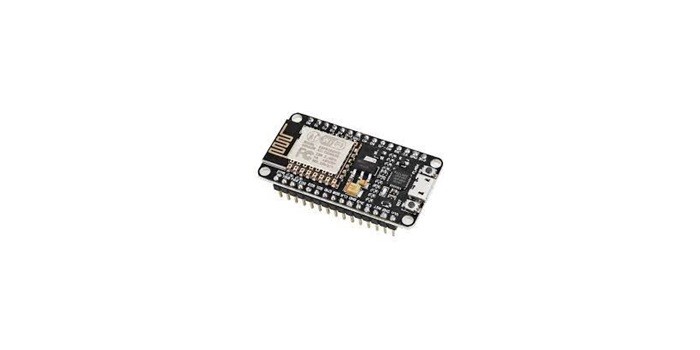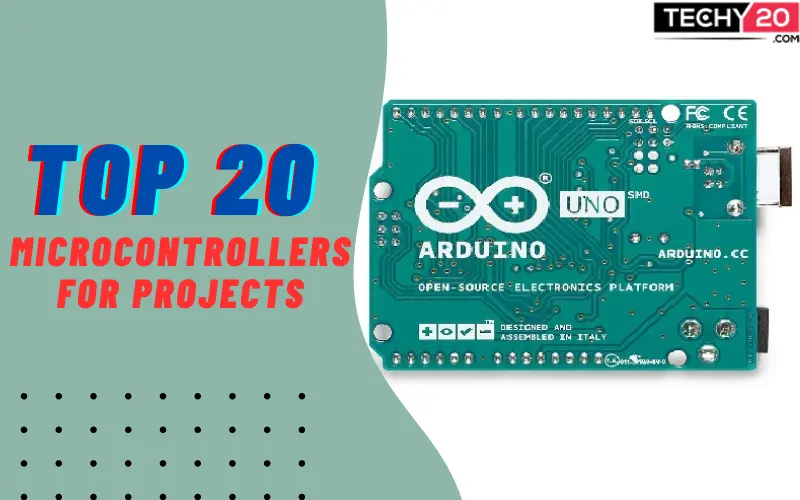Microcontrollers are tiny computers on a single integrated circuit that are intended to manage and run a particular system or piece of hardware. It typically consists of a central processing unit (CPU), memory, and input/output peripherals, all on a single chip. They are programmed using low-level languages, such as Assembly or C, and can be programmed and reprogrammed using specialized software tools. They are a crucial component of contemporary electronics utilised in Internet of Things (IoT) devices, embedded systems, and other applications that call for precise hardware control and monitoring. The list of the top 20 microcontrollers is below:
1. Arduino Uno
The ATmega328P microcontroller chip serves as the foundation for the Arduino UNO microcontroller board. It is designed for prototyping and developing electronic projects and used by students and professionals for various applications. Six analogue input pins, 14 digital input/output pins, a USB interface for programming, and a serial communication port are all found on the Arduino UNO board.
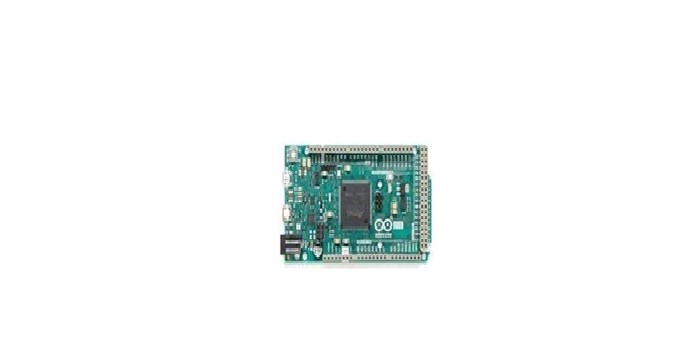
2. Raspberry Pi
The Raspberry Pi Foundation created a line of compact single-board computers called Raspberry Pi. It is designed to be a low-cost, low-power platform for building various electronic projects. It is based on an ARM-based processor with built-in support for various input/output interfaces, such as GPIO pins, HDMI, and Wi-Fi.
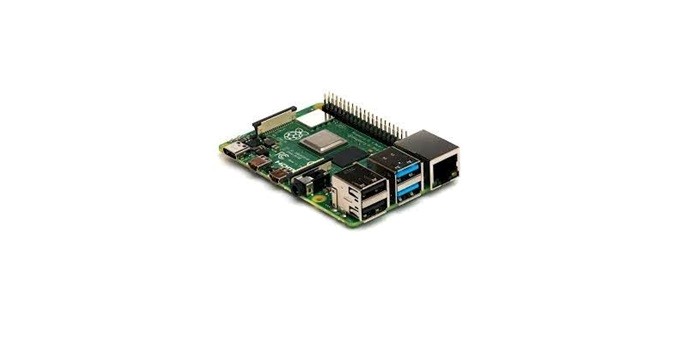
3. Esp32
The ESP32 microcontroller system-on-chip (SoC) is intended for use in a wide range of applications, such as wearable electronics, robotics, and automation. It features a dual-core processor, 512 KB of RAM, and built-in support for Wi-Fi, Bluetooth, and other wireless protocols. It also has a range of input/output interfaces, including GPIO, UART, and ADC.
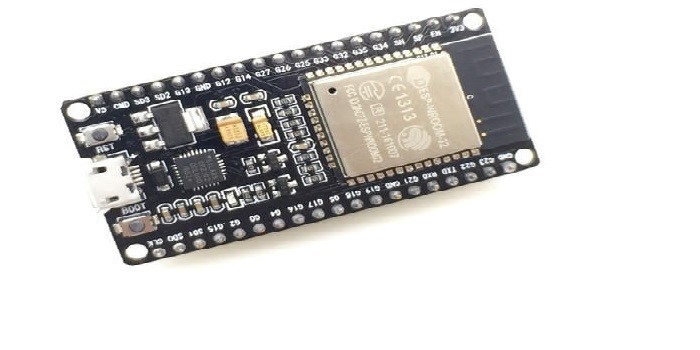
4. Stm32
STM32 is a family of 32-bit microcontroller chips developed by STMicroelectronics. It is designed for use in various applications, including industrial automation, consumer electronics, and automotive systems. They are also compatible with various programming languages, including C and C++, and provide a rich set of libraries and functions for interacting with peripherals, including GPIOs, I2C, SPI, and UARTs.
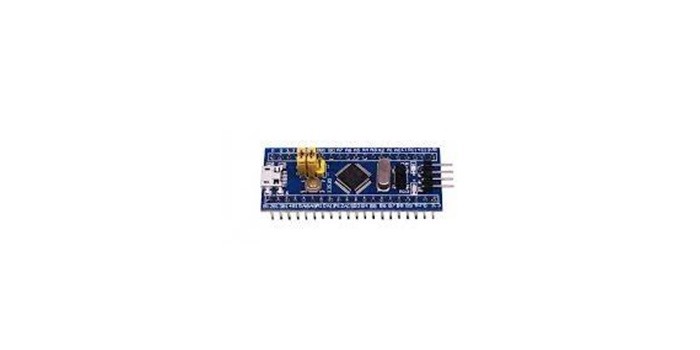
5. Pic Microcontroller
PIC microcontroller is a family of microcontroller chips developed by Microchip Technology. It is designed for use in various applications, including automotive systems, medical devices, and consumer electronics. It can be programmed using a variety of programming tools, including as the MPLAB Integrated Development Environment (IDE) from Microchip and other IDEs from other companies.
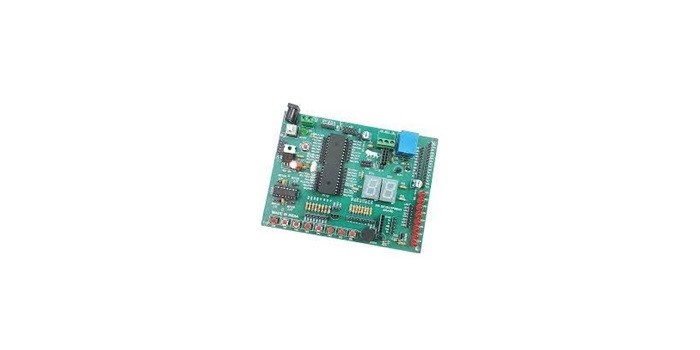
6. Beaglebone Black
BeagleBone Black is a low-cost, community-supported, single-board computer developed by BeagleBoard.org. It is designed for use in various applications, including robotics, automation, and IoT devices. The board has a 1GHz ARM Cortex-A8 processor, 512MB of RAM, and built-in support for Ethernet, USB, HDMI, and other input/output interfaces.
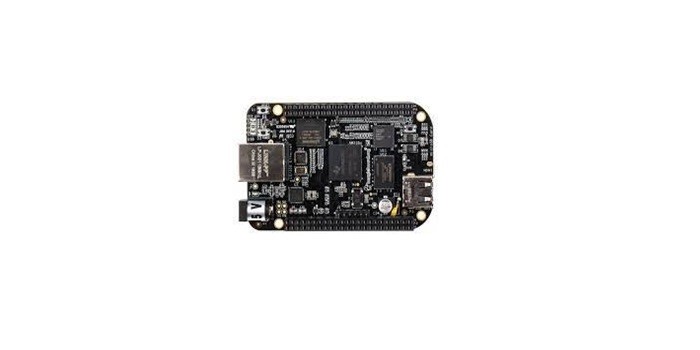
7. Teensy
Teensy is a series of small, low-cost, and powerful microcontroller boards designed and manufactured by PJRC. They are intended for use in various applications, including robotics, automation, and wearable devices. They can be programmed using various development tools and support a range of programming languages, including C, C++, and Arduino.
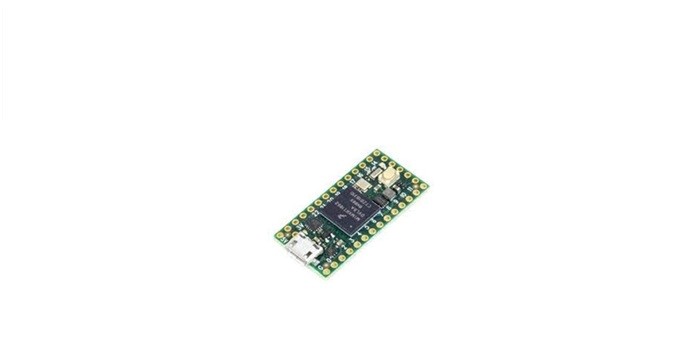
8. Avr Microcontroller
AVR microcontrollers are a family of microcontroller chips developed by Atmel, which is now a part of Microchip Technology. They are intended for use in various applications, including automotive systems, medical devices, and consumer electronics. They also have a range of input/output interfaces, including GPIO, I2C, SPI, UART, and ADC.
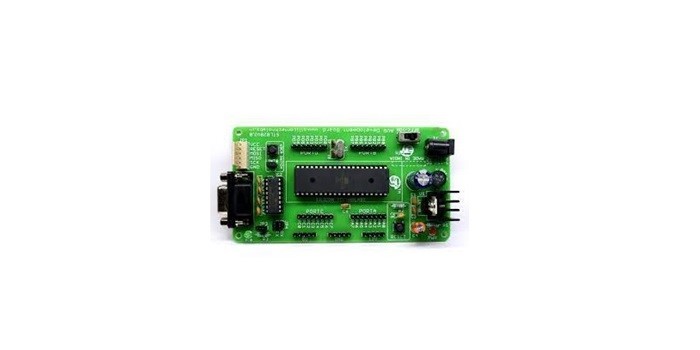
9. Nxp Lpc
NXP LPC microcontrollers are a family of microcontroller chips developed by NXP Semiconductors. They are designed for use in various applications, including industrial control, automotive systems, and consumer electronics. They are known for their low power consumption, high performance, and advanced peripheral integration.
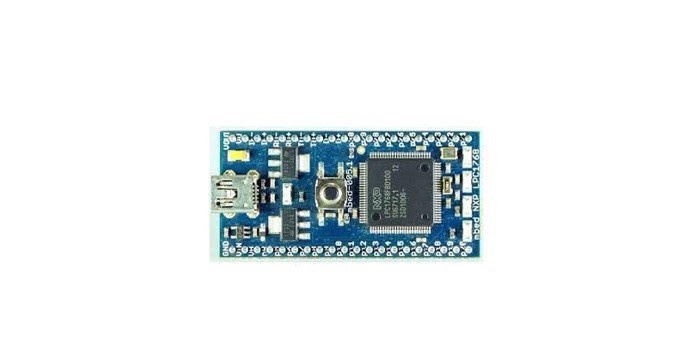
10. Intel Galileo
Intel Galileo is a series of microcontroller development boards developed by Intel. They are designed for use in various applications, including IoT, robotics, and automation. They possess an Intel Quark X1000 processor based on the Pentium architecture and are available with different memory sizes and connectivity options.
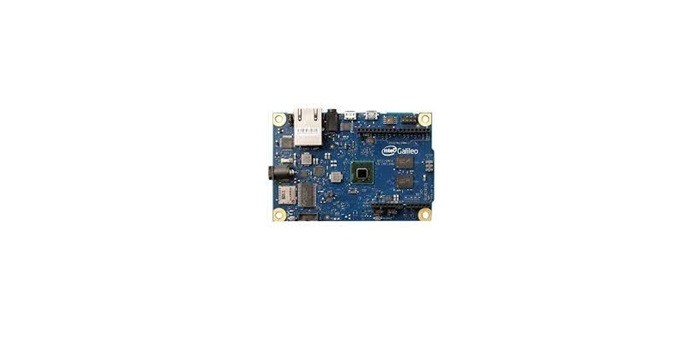
11. Freescale Kinetis
Freescale Kinetis microcontrollers are a family of microcontroller chips developed by NXP Semiconductors (formerly Freescale Semiconductor). They feature a range of processing cores, including 32-bit ARM Cortex-M0+, Cortex-M3, Cortex-M4, and Cortex-M7 architectures. They provide a rich set of libraries and functions for interacting with peripherals, making it easy to build complex applications.
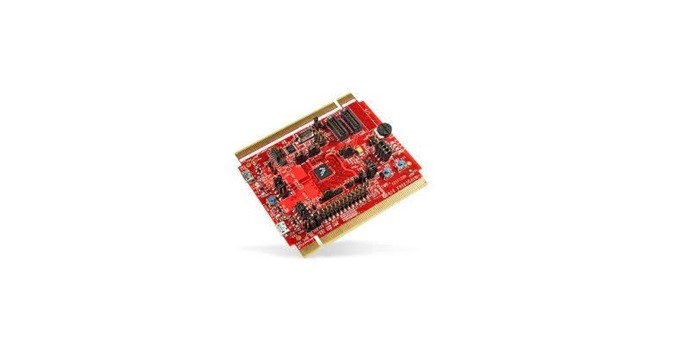
12. Cypress Psoc
Cypress SOC devices are microcontrollers developed by Cypress Semiconductor Corporation. They are designed for use in various applications, including IoT, automotive, and industrial automation. They can be programmed using various development tools, including Cypress’ own ModusToolbox and other third-party IDEs, and support a range of programming languages, including C and C++.
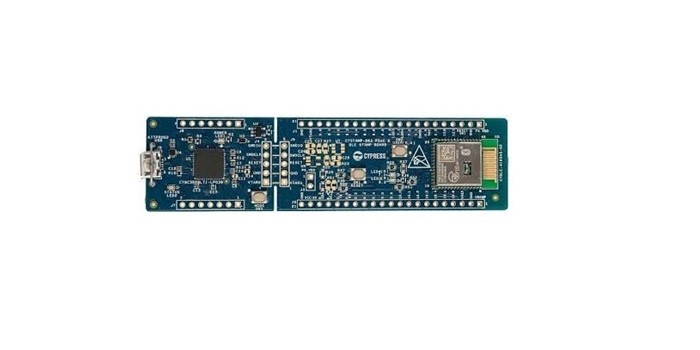
13. Renesas Rx
Renesas RX is a family of 32-bit microcontrollers (MCUs) developed by Renesas Electronics Corporation. The RX microcontrollers can be programmed using various development tools, including the Renesas e² studio IDE and other third-party IDEs, and support a range of programming languages, including C and C++.
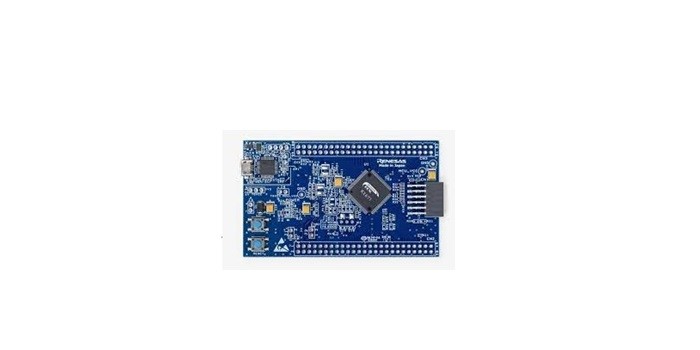
14. Silicon Labs Efm32
Silicon Labs EFM32 (Energy Friendly Microcontroller 32-bit) is a family of 32-bit microcontrollers developed by Silicon Laboratories Inc. The EFM32 microcontrollers feature an ARM Cortex-M processor and have different memory sizes, peripheral sets, and connectivity options. They can be programmed using the Silicon Labs Simplicity Studio IDE.
![]()
15. Infineon Xmc
Infineon XMC is a family of 32-bit microcontrollers developed by Infineon Technologies AG. For industrial and automotive applications that need high performance, real-time processing, and low power consumption, the XMC series is created. They also include low-power features, such as sleep modes and power gating, to help reduce power consumption.
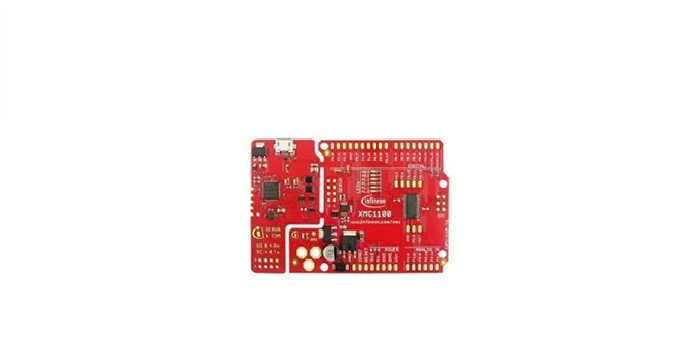
16. Texas Instruments Msp430
Texas Instruments MSP430 is a family of ultra-low-power microcontrollers designed for battery-powered and other energy-efficient applications. MSP430 microcontrollers can be programmed using various development tools, including the free MSP430™ Code Composer Studio™ Integrated Development Environment (IDE) and third-party tools like Energia and Code Composer Essentials.
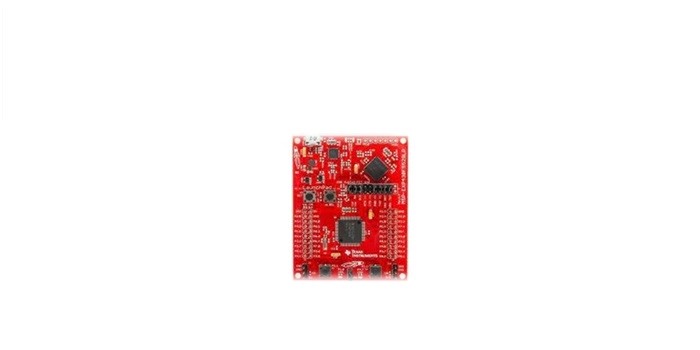
17. Nordic Semiconductor Nrf52
The Nordic Semiconductor nRF52 is a family of highly integrated, low-power microcontrollers designed for use in various wireless applications. They also have Bluetooth Low Energy (BLE) as well as Near Field Communication (NFC) on-chip wireless networking options, which makes them perfect for wireless sensor networks and other IoT applications.
![]()
18. Atmel Sam
Atmel SAM (Smart ARM-based Microcontroller) is a family of 32-bit ARM Cortex-M microcontrollers designed for various applications, including industrial control, consumer electronics, and automotive systems. They also support a variety of development tools, including Atmel Studio and third-party tools like Keil and IAR.
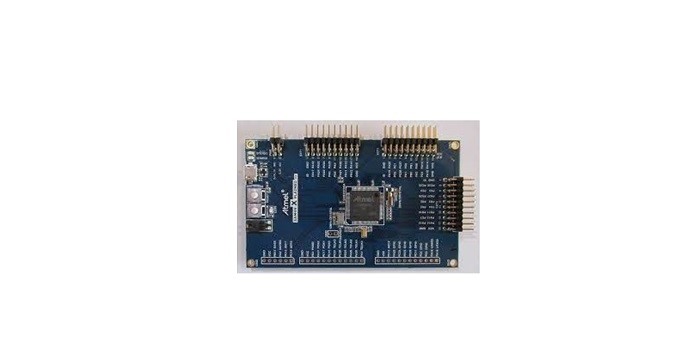
19. Arduino Due
A microcontroller board called Arduino Due is based on the Atmel SAM3X8E ARM Cortex-M3 Processor. This 32-bit ARM core-based Arduino board is the first of its kind. Most shields made for the Uno, Mega, and Leonardo boards are compatible with this board.
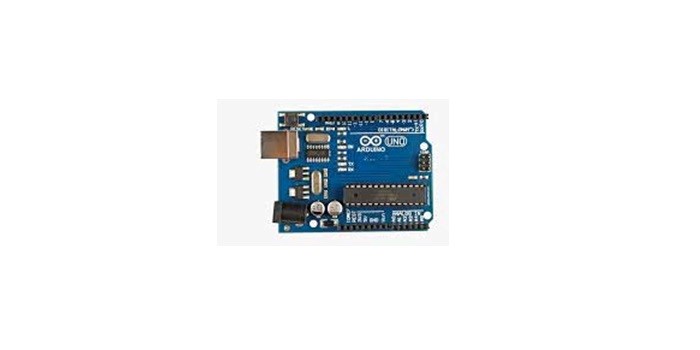
20. Esp8266
ESP8266 is a low-cost, Wi-Fi-enabled microcontroller chip designed by Espressif Systems. It is based on the Tensilica Xtensa LX106 processor and used for many IoT applications, including home automation, smart appliances, and industrial automation. It also supports a range of development tools, including the Arduino IDE, ESP-IDF, and NodeMCU. There are plenty alternative microcontrollers out there that might work for various projects and applications. The popularity of these microcontrollers can vary depending on the specific project requirements and the developers’ preferences.
